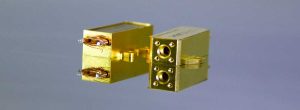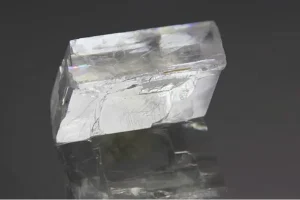Understanding Femtosecond Lasers
Femtosecond lasers, with their light pulses lasting just a few femtoseconds (one quadrillionth of a second), have become a crucial tool in numerous scientific and industrial applications. The duration, power, and spectral characteristics of these light pulses are largely determined by the gain medium utilized in the lasers.
Defining Gain Media in Lasers
The heart of any laser is the gain medium, a material energized by an external source. This excited gain medium emits light, which then amplifies to produce a laser beam. In femtosecond lasers, the choice of gain media significantly impacts the laser’s performance characteristics.
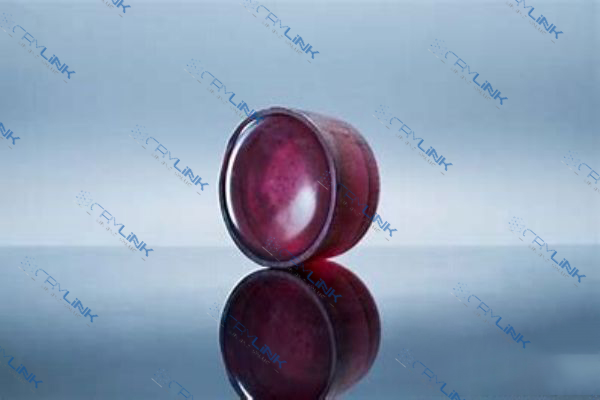
Commonly Used Solid-State Gain Media for Femtosecond Lasers
Among the solid-state gain media, Titanium-Doped Sapphire (Ti:Sapphire) emerges as a leading choice. Its widespread use in femtosecond lasers can be attributed to several key features. Primarily, Ti:Sapphire boasts a broad tunability range spanning from 650 to 1100 nm. This wide range facilitates diverse applications, including two-photon microscopy and ultrafast spectroscopy, making it a versatile gain medium.
Additionally, Ti:Sapphire exhibits high thermal conductivity, a factor contributing to its robustness against thermal effects. This property is particularly important in high-power laser systems where heat management is critical. Moreover, the excellent beam quality produced by Ti:Sapphire enhances the precision and accuracy of laser-based applications.
Crylink’s Ti:Sapphire crystals come with precise doping concentration and uniformity, ensuring optimal performance. They have been widely adopted in laser systems used in scientific research, material processing, medical treatment, and more.
Neodymium-Doped Yttrium Aluminum Garnet (Nd:YAG) stands as another popular choice in solid-state gain media. This crystal is known for its exceptional thermal and mechanical properties, making it a reliable choice for high-power operation.
The Nd:YAG crystals provided by Crylink are characterized by their high optical quality and low threshold. These crystals exhibit long upper-level lifetimes, facilitating higher energy storage. As a result, laser systems equipped with Nd:YAG crystals can produce high peak power pulses, suitable for applications like laser welding and drilling, medical surgery, and range-finding.
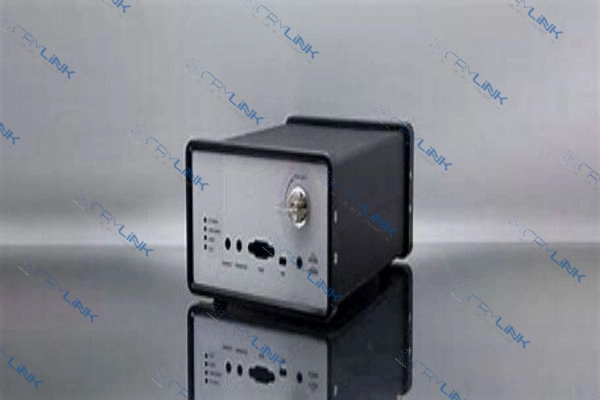
Another Neodymium-doped medium that’s commonly used is the Neodymium-Doped Yttrium Lithium Fluoride (Nd:YLF). Compared to Nd:YAG, Nd:YLF offers a broader emission spectrum, which provides better tunability for ultrafast lasers.
Crylink’s Nd:YLF crystals are especially favored for their lower nonlinear refractive index and longer fluorescence lifetime, contributing to stable and reliable ultrashort pulse generation. These properties have found their niches in specific applications like ultrafast amplifiers and oscillators, regenerative amplifiers, and high-repetition rate lasers.

Finally, we have Neodymium-Doped Glass, a solid-state gain medium that is often preferred for high energy, short-pulse lasers due to its large size and uniformity. Although the emission cross-section of Nd:Glass is smaller than that of the other crystals, its long fluorescence lifetime allows for more energy storage, which can generate high-energy laser pulses.
Crylink provides high-quality Nd:Glass with precise doping uniformity and high optical quality, making it an excellent choice for applications like laser fusion, laser-induced breakdown spectroscopy (LIBS), and high-energy laser systems.
In conclusion, the choice of gain media in femtosecond lasers is pivotal in determining their performance characteristics. Each gain medium – Ti:Sapphire, Nd:YAG, Nd:YLF, and Nd:Glass – offers unique advantages that cater to specific applications. Crylink’s dedication to providing high-quality, precisely engineered gain media ensures the best performance possible in a range of femtosecond laser applications. By understanding the distinct features and strengths of these gain media, users can make an informed decision tailored to their specific needs.
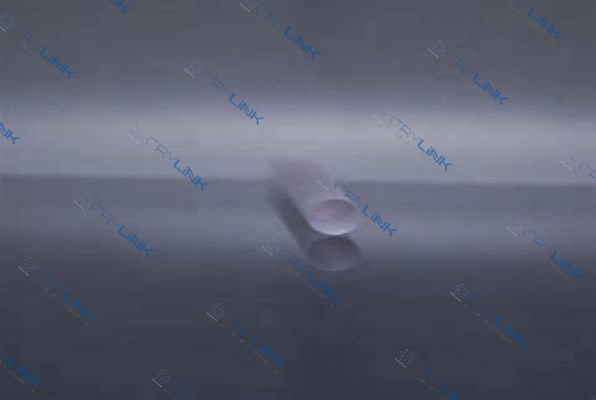
Comparative Analysis and Selection of Gain Media for Femtosecond Lasers
To fully appreciate the importance of choosing the right gain medium for femtosecond lasers, it’s crucial to recognize that each medium has its unique strengths and potential weaknesses, and these factors play a significant role in the overall performance of the laser system. Taking the example of Titanium-Doped Sapphire (Ti:Sapphire) and neodymium-doped materials such as Neodymium-Doped Yttrium Aluminum Garnet (Nd:YAG), Neodymium-Doped Yttrium Lithium Fluoride (Nd:YLF), and Neodymium-Doped Glass, there’s a notable contrast in their properties and consequently, their performance in femtosecond laser applications.
Ti:Sapphire, for instance, is a popular choice due to its broad tunability that spans from 650 to 1100 nm, high thermal conductivity which enhances its resistance against thermal effects, and its production of an excellent quality beam which augments the precision and accuracy of laser-based operations. These properties make Ti:Sapphire versatile and suitable for a wide range of applications including but not limited to two-photon microscopy, ultrafast spectroscopy, and femtosecond pulse generation, thereby increasing its appeal to users requiring broad-spectrum coverage and high-quality beam output.
On the other hand, we have neodymium-doped materials that include Nd:YAG, Nd:YLF, and Nd:Glass, each with its strengths. These mediums have a high capacity for energy storage due to their long upper-level lifetimes, a property that allows the production of high peak power pulses. As a result, neodymium-doped materials are preferred for high-energy applications such as laser welding and drilling, medical surgery, and range-finding, where high energy output and peak power pulses are paramount.
Hence, when it comes to the choice between Ti:Sapphire and neodymium-doped materials, the decision hinges on the specific requirements of the application in question. Each gain medium has its inherent strengths and thus, is more suitable for certain applications. For instance, if broad tunability, high thermal conductivity, and excellent beam quality are priority requirements, Ti:Sapphire would be the most appropriate choice. Conversely, if high energy storage and the production of high peak power pulses are essential, then neodymium-doped materials would be the preferred option.
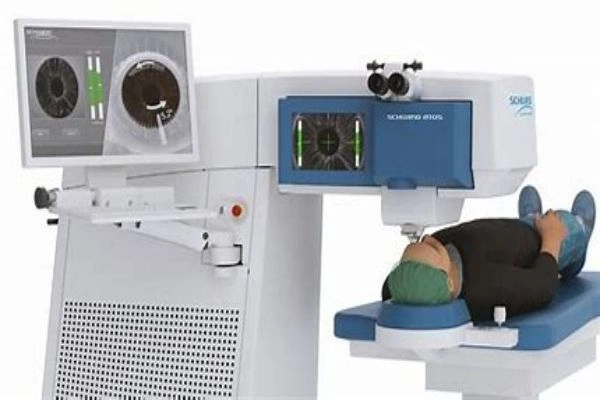
This brings us to the critical aspect of selecting the appropriate gain medium for femtosecond lasers. The selection process involves a careful consideration of several factors such as peak power, tunability range, and operational power requirements. These considerations are determined by the specific requirements of the application. For example, if high peak power is crucial, one might consider neodymium-doped materials, but if a wide tunability range is required, Ti:Sapphire may be more suitable. Similarly, if the operational power requirements are stringent, one would need to consider the thermal properties of the gain medium.
Ultimately, the selection of the appropriate gain medium is a critical decision that can significantly influence the efficiency and effectiveness of femtosecond laser applications. It involves a thorough understanding of the properties and characteristics of the available gain media, an accurate assessment of the requirements of the application, and a careful comparison of the performance characteristics of the different media under consideration. It’s a task that demands a comprehensive understanding of laser physics and a nuanced approach to system design and optimization, ensuring the selected gain medium aligns with the application’s demands and delivers optimal performance.
Conclusion
In the realm of femtosecond lasers, the choice of gain medium is an instrumental factor influencing the overall performance, functionality, and application suitability of these laser systems. Each gain medium, from Titanium-Doped Sapphire (Ti:Sapphire) to Neodymium-Doped materials such as Nd:YAG, Nd:YLF, and Nd:Glass, comes with its unique set of properties and hence, performs optimally under specific application circumstances.
Ti:Sapphire, with its broad tunability, exceptional thermal conductivity, and superb beam quality, proves itself as a versatile performer across a wide array of applications. These applications range from those requiring comprehensive spectrum coverage like ultrafast spectroscopy and two-photon microscopy, to those demanding high precision and beam quality, making Ti:Sapphire a highly valuable asset in the toolbox of femtosecond lasers.
On the other side of the spectrum, we have Neodymium-Doped materials which shine in their respective domain. Characterized by their high energy storage capability and the potential to produce high peak power pulses, these gain media stand as the ideal choice for high-energy applications. Whether it is laser welding and drilling, medical surgery, or range-finding, Neodymium-Doped materials, due to their inherent characteristics, ensure superior performance in these high-demand scenarios.
Ultimately, the success of femtosecond laser operations significantly hinges on the judicious selection of the gain medium. This choice is not a one-size-fits-all but a decision intricately tied to the specific requirements of the application. Whether the application necessitates high peak power, a wide tunability range, or stringent thermal properties, understanding the nuances of these gain media can guide users towards the right fit. In a domain where precision, efficiency, and performance are of paramount importance, making an informed decision about the gain medium can significantly optimize femtosecond laser systems, opening up new horizons of possibilities and advancements.
FAQs
1. What is a femtosecond laser?
A femtosecond laser emits light pulses that last only a few femtoseconds, or one quadrillionth of a second.
2. What role does the gain medium play in lasers?
In a laser, the gain medium is the material that, when energized by an external source, emits light, which amplifies to form a laser beam.
3. What are some commonly used solid-state gain media for femtosecond lasers?
Common solid-state gain media for femtosecond lasers include Titanium-doped Sapphire (Ti:Sapphire) and neodymium-doped materials such as Nd:YAG, Nd:YLF, and Nd:Glass.
4. How do Ti:Sapphire and neodymium-doped materials compare as gain media?
While Ti:Sapphire provides broad tunability, high thermal conductivity, and excellent beam quality, neodymium-doped materials are known for their higher energy storage and high peak power pulses.
5. How should I choose the right gain medium for my femtosecond laser?
The choice of gain medium depends on your application’s specific requirements, including factors such as peak power, tunability range, and operational power requirements.



